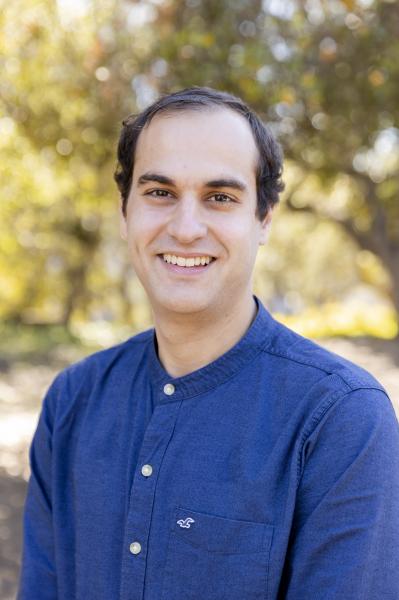MyShake: Crowdsourced Data for Ground Motion Modeling and Earthquake Early Warning Performance Assessment
Savvas Marcou
University of California Berkeley

- Date & Time
- Location
- Hybrid seminar in-person & online via Microsoft Teams
- Host
- Annemarie Baltay
- Summary
MyShake is a free smartphone application, developed at UC Berkeley, that serves as one of the main delivery mechanisms for earthquake early warning (EEW) alerts issued to the US West Coast by the USGS ShakeAlert system. While it is most well-known for delivering alerts to the public, MyShake was originally conceived as a platform for crowdsourcing earthquake data. MyShake currently collects crowdsourced shaking experience reports, EEW message delivery receipts, as well as triggered acceleration waveforms using the onboard smartphone accelerometer. In this talk, I will present the progress made in taking advantage of the growing MyShake crowdsourced database, in two key areas: 1) Studies of ground motion variability in California, 2) Earthquake early warning performance assessment and predictive modeling.
In the first part of the talk, I will introduce the MyShake Ground Motion Database, a database of over 1500 acceleration observations collected from 2019 to 2023 using triggered waveforms from MyShake phones globally, with a focus on California. Past research shows that the accelerations recorded by MyShake phones are systematically higher than accelerations recorded by ground-based (i.e. “free-field”) stations, likely due to the modifying effect of buildings. My work thus treats these accelerations as a distinct intensity metric, rather than equivalent to free-field acceleration. I show the development of a bespoke MyShake Ground Motion Model, and how it can be used to map the spatial variability of ground motion with remarkable correspondence to results from the free-field. I will then discuss the potential applications in ground motion products such as ShakeMap, as well as the validation of next-generation non-ergodic (i.e., location specific) ground motion models.
In the second part of the talk, I will focus on MyShake’s role as an EEW delivery platform. I will present a new methodology that uses alert delivery data to rapidly assess the end-to-end performance of the US West Coast alerting pipeline every time MyShake sends out an alert. I then introduce a thought experiment where we combine our understanding of delivery latencies with the network-based, point source EEW algorithm EPIC to demonstrate the potential effectiveness of EEW in the February 2023 Turkiye earthquake doublet. Finally, I will show what the results could mean for EEW performance in a large California earthquake.
Closed captions are typically available a few days after the seminar. To turn them on, press the ‘CC’ button on the video player. For older seminars that don’t have closed captions, please email us, and we will do our best to accommodate your request.
 Jump to Navigation
Jump to Navigation